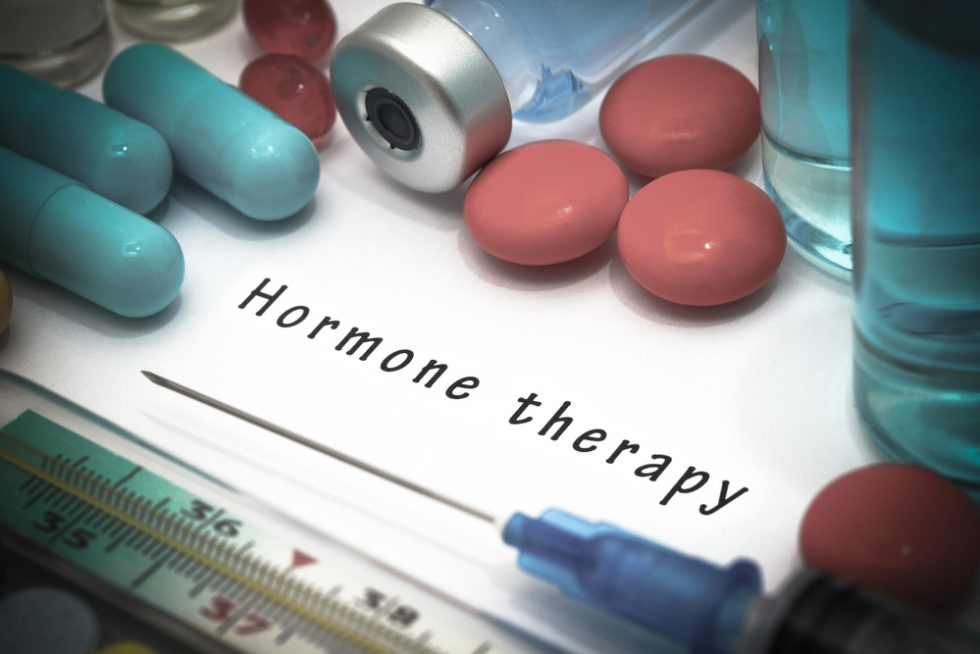
Hormone Therapy
Are you experiencing hot flashes or night sweats that are disrupting sleep? Is vaginal dryness or decreased libido negatively affecting your sex life and relationship?
If you are suffering from uncomfortable menopause symptoms such as these, hormone therapy may be able to help.
Continue reading to learn all about hormone therapy, including how it works, treatment options, benefits, and risks.
What Is Hormone Therapy?
Hormone therapy treats menopause symptoms with hormones, including estrogen, progestin, and sometimes testosterone.
Estrogen can be taken alone if a woman still has her uterus. If a woman has had her uterus removed, she will need to take estrogen and progestin together to lower the risk of uterine cancer.
Patients may follow a several different schedules for taking hormones, including cyclic hormone therapy and combined hormone therapy.
What Are the Forms of Hormone Therapy?
Hormone therapy is highly-customizable, and Dr. Melinda Hall will work with you to develop a treatment plan based on your specific symptoms. This includes selecting the form of HT that works best for you.
So, how can estrogen and progestin be taken?
Estrogen can be administered as oral pills or tablets, skin patches and gels, nasal spray, and vaginal creams, tablets, or rings.
Progestin is available in the form of skin patches, pills, and vaginal creams and suppositories.
What Are the Risks of Hormone Therapy?
When taken as directed, hormone therapy is a safe and effective way to alleviate bothersome symptoms of menopause.
With that being said, hormone therapy can increase a woman’s risk of blood clots
breast cancer, heart disease, and stroke. Hormone dose and therapy duration can impact risk factors, and Dr. Hall will discuss these issues with you in greater detail.
Learn More About Hormone Therapy
If you would like to learn more about hormone therapy, please call our office today to schedule a consultation with board-certified gynecologist Dr. Hall.




Add A Comment
You must be logged in to post a comment.